This must be Computer Chess Month for me, because I’m going to write my third entry in a row about that topic. This afternoon I played another interesting … no, change that, mind-bending game against Shredder 12. This one I lost on time, but I had kind of a moral victory, because I came back from a position where I was down by 3 pawns, according to both Shredder and Rybka 3, and managed to reach a position that is clearly drawn. But with only seconds left on my clock, I didn’t find the right continuation.
Computers just aren’t supposed to boot away 3-pawn advantages, so after the game I was burning to find out — what happened? Well, it turns out that computer programs (at least Shredder 12, and to a lesser extent Rybka 3) still aren’t that good at taking elementary precautions to safeguard their king. Dangle enough material in front of them, and they’ll bite.
Just like the game I showed in my last post, the conditions were game in 10 minutes, no time delay.
Dana Mackenzie — Shredder 12
Caro-Kann Defense, “Bronstein’s Folly” Variation
1. e4 c6 2. d4 d5 3. e5 Bf5 4. g4 Bc8!?
White to move.
Of course I’ve discussed 4. g4!? at length in my blog, and the retreat 4. … Bd7 came up in a recent Shirov-Anand game. The move 4. … Bc8 looks even more abject, but it’s also quite playable for Black. The point is that he wants to develop his knight to d7, and save his bishop deployment for later.
I decided to pretend that my opponent had played 4. … Bd7, and went ahead with my recommended continuation for that line.
5. Nd2 …
According to ChessBase, this has never been played here. Reasonable alternatives are 5. Bg2, 5. Nc3, and 5. c4.
5. … c5 6. Bb5+?!
A probably misguided attempt to profit from the fact that Black didn’t play … Bd7. Almost all of my moves are bad from moves 6-9; I was obviously completely befuddled.
6. … Bd7 7. c4?! dc 8. Bxc4 cd
White to move.
9. Ne4? …
This is just stupid coffeehouse play. I was fixated on one thing: Shredder’s pawn on f7. It would be much more sensible to develop my pieces with 9. Nf3 Nc6 10. O-O, but I was in wild-eyed attack mode.
9. … Bc6 10. Ng5 …
Having said A, you might as well say B.
10. …Â e6
Naturally, Black isn’t too interested in 10. … Bxh1?? 11. Bxf7+ Kd7 12. Qd4+ Kc8 13. Be6+ Nd7 14. Nf7, with a winning advantage to White.
11. N1f3 Bb4+?
A surprising mistake from Shredder. It only helps me get my pieces out. 11. … h6 immediately must be better.
12. Bd2 Bxd2+ 13. Qxd2 h6
White to move.
Computers are sooooo obliging. Give them the chance to win a piece, and they will go for it, and damn the consequences. Of course, objectively speaking, Shredder is right. White’s attack should not be sound.
14. Nxf7! …
In for a penny, in for a pound.
14. … Kxf7 15. Qf4+ Ke7
White to move.
16. Bxe6! …
In for a pound, in for ten pounds. Besides, if I don’t play this I’m just busted, right? If it weren’t for Black’s next move, I would probably be okay. For example, if Black takes the bishop, 16. … Kxe6? 17. Nxd4+ Ke7 18. O-O-O with a perpetual check coming up, as Black’s king has no shelter from the knight checks.
16. … Qa5+!
Creating a flight square, and also making things awkward for White’s king.
17. Kf1 Kxe6
Nom, nom, nom. Shredder now evaluates the position as +3 pawns for Black. I say, “Prove it!”
18. Nxd4+ Ke7 19. Nf5+ Kd7 20. Rd1+ …
Black to move.
Now came the biggest surprise of the game for me. Any human, at least any human rated over 1200 or so, would play 20. … Nd7 21. e6 Ngf6, returning some of the sacrificed material in order to finish his development and bring some pieces to the aid of his beleaguered king. Instead, Shredder prefers to walk its king into a discovered check. Crazy!
20. … Kc7?? 21. e6+ Kb6 22. Nd6 Qa4 23. Rd4 …
Black to move.
Another interesting moment. This time it’s not Shredder but Rybka that surprised me. Even with two minutes to think about this position, it still thinks that Black is on top by 2 pawns! Only after you force it to analyze deeper and go through every line, it reluctantly concludes that the position is equal. For a long time it prefers 23. … Qxa2, but this is very problematic after 24. Rb4+ Ka6 25. Qe3! (closing the mating net). Now Rybka concedes that it’s a draw, in view of the line 25. … b5 26. Rb3 Bxh1 27. Ra3+ Qxa3 28. Qxa3+ Kb6 29. Qe3+. Actually, I think White could still try to win here, even though he’s down two rooks and two pieces for a queen.
As for Shredder, an interesting thing happened here. It took more than a minute thinking about its next move and its evaluation of the position dropped from 2.7 pawns in Black’s favor to 1.2 pawns. This is a sign that it “saw” something that had previously been beyond its threshold. The move it chose is in fact more secure than 23. … Qxa2 would have been. A more secure way to draw, that is. It played:
23. … Qc2! 24. Rb4+ Ka6
White to move and force Black to grovel for a draw.
Here, for the first time in many moves, we have a position where White has to play a somewhat subtle move. With only seconds left on my clock, I was not up to the challenge. I played 25. f3?, which is just dreadful on principle. White does not want to stop and waste a tempo to protect his worthless rook. After this the game concluded 25. … b5 26. a4 ba and here I ran out of time.
What should White have done? If you want a hint, here are two. First, White clearly does need to do something about the threat of 25. … Qd1 checkmate. which would force an exchange of queens. (Correction posted 7/20/11.) So he would like to play a move that defends the square d1. At the same time, you want to play an attacking move. How about a quiet move that closes a mating net around Black’s king?
Do you see it now? The drawing move, according to both Rybka and Shredder, is 25. Qd4! The idea is simple: to play 26. Rb3 and 27. Ra3+, forcing Black to give up his queen. Black can try various things like 25. … b5 or 25. … Nf6, but the answer 26. Rb3 is always good enough for at least a draw. Plus, Black actually risks losing. The most prudent defense by far is 25. Qd4! Qc1+! 26. Ke2 Qc2+, with a draw by repetition. White cannot, unfortunately, risk moving his king up, because 27. Ke3?? Nf6! threatens … Nd5+, gaining a crucial tempo and putting White’s king in jeopardy. So White has to settle for 26. Ke1 Qc1+, draw.
What a fun game! I hope you enjoyed it too, even if it was merely a meaningless blitz game against a computer. But if you didn’t find it interesting, you might enjoy reading Mike Splane’s debate with Jason Rihel about thinking processes, in the comments to my post, “Master Class.”
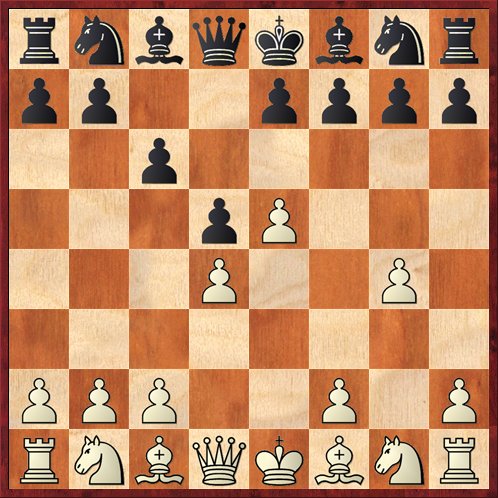
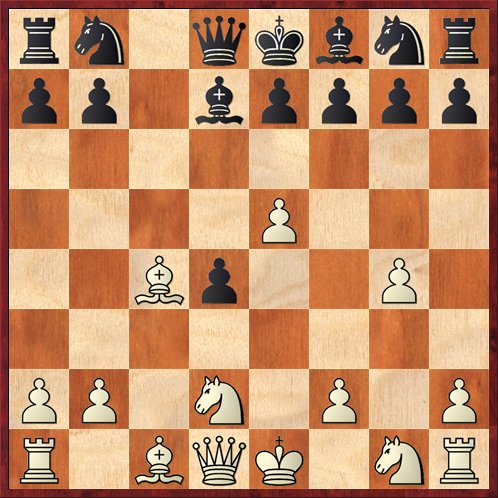
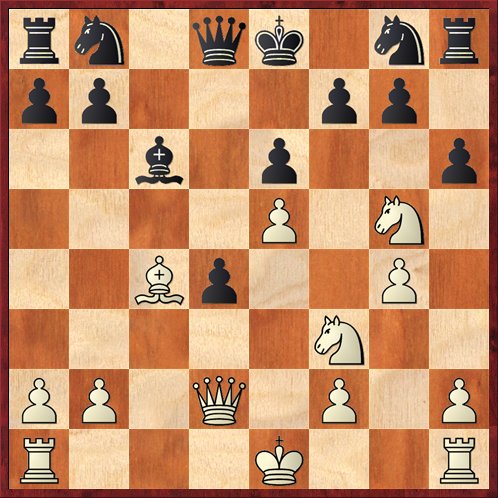
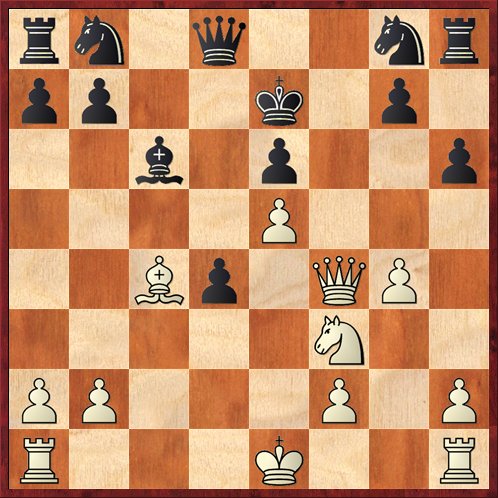
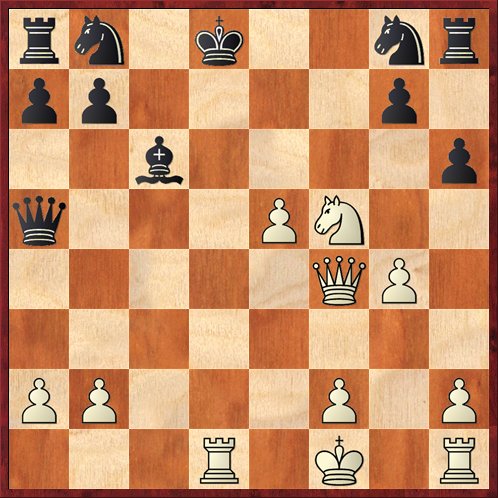
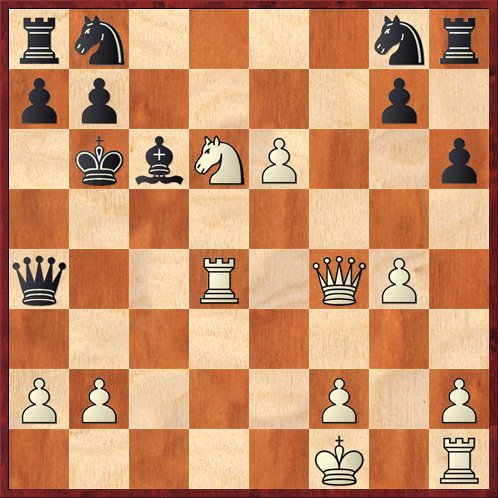
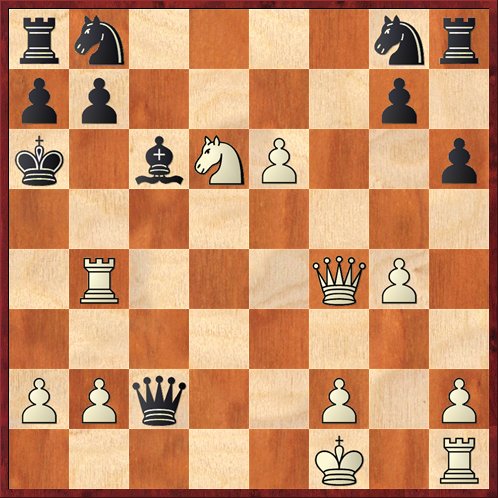



{ 2 comments… read them below or add one }
Dana,
I have been reading your computer blitz match coverage with great interest! In this game, I am particularly surprised by how tactical the position is– not the typical anti-computer stuff. Usually, computers are supposed to be superior in these kinds of situations (e.g. both Mike and I state/imply this in the discussion you tagged.), yet this is the second example of a tactical blind spot I’ve seen in a strong computer in the past two weeks.
I recently played a long-term piece sacrifice in a human game I ulitmately lost and I was trying to determine the objective truth of my move. After working through many lines, I decided from the computer analysis that it was only good enough for me to grovel to a draw with perpetual check. I was still proud of the idea, so I showed it off to some master-level friends. They started analyzing on their own and asked me a lot of questions about the position, “What if this, what if that?” etc. I parried those ideas with what I learned from the computer, but then they pointed out an idea I couldn’t refute but I was sure I had examined.
When I rechecked this particular line again with the computer, it spat back– draw, draw, draw, draw, WIN, WIN, WIN. Of course, I know about the horizon effect and other computer quirks, but this one surprised me– tactical and in a variation with a lot of forced moves, I had assumed the computer’s assessment was sound. It was not.
And here I thought computers were tactical Gods and positional dummies!
Ironically, I wonder if the forced nature of the variation made it more natural for my friends to examine deeply (easier for a human to calculate, so we check it first), while for the computer, it was just another line to put into the queue.
Hi Jason! I’d be interested in seeing your game where the computer mis-evaluated it, if you want to send me the moves. (You can either copy the moves into a comment here or send me an e-mail, whichever you prefer.)
We tend to think of computers as tactical gods, but I think that is because they are ruthless at finding the little two-movers and three-movers and four-movers that we humans miss all the time. But it seems as if there is one type of tactical position they are not so good at — a king-hunt situation where the king is in danger for many moves. That was the type of position Shredder unwittingly headed into when it played 20. … Kc7?? I think that it just saw that its king was relatively safe on a6 for the short term, but didn’t realize that in the long run it is just as badly off as it was in the center of the board.
The human looks at the board and says, “I don’t see how my king will EVER be safe over there.” In this type of position, we start at move infinity and reason backwards. The computer starts at move one and reasons forward.
Also, from a human psychology point of view, I think that I play better in a position where I am attacking and making all the threats. Notice what happened in this game. While the position was “normal,” from moves 1-9, I played terribly. But once the attack got started, it was super-easy for me to find good moves. From moves 10 to 24 I basically played best moves, and it was only when I had to make a clever “quiet move” on move 25 that I screwed up.
So there are two reasons to play a sacrificial attack against a computer. 1) It might mis-evaluate the position due to a horizon effect. 2) Even if the computer doesn’t play worse, you might play better!